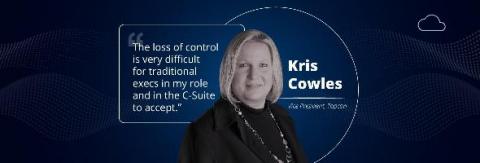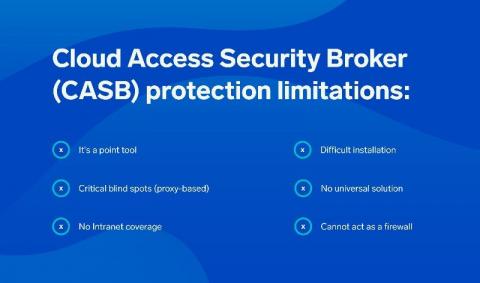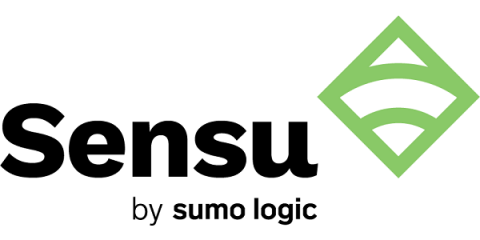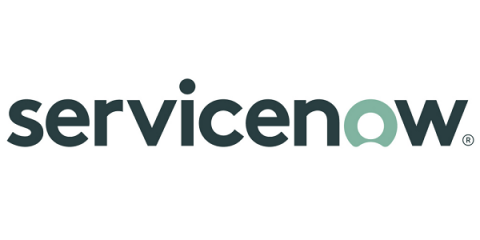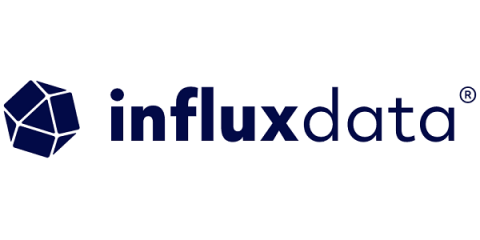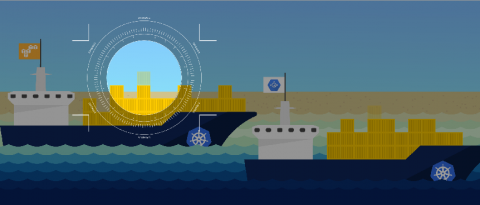Kris Cowles on Why Running a SaaS Environment Isn't Always Easy
Today we share a recent conversation with Kris Cowles, Vice President, Global Applications IT at Topcon Positioning Systems, a 2,000-person division of Japanese company Topcon. Previously, Kris worked as the Director of Engineering Operations at Cisco. She discusses some of the growing pains of working with SaaS vendors and how she’s making it work.


